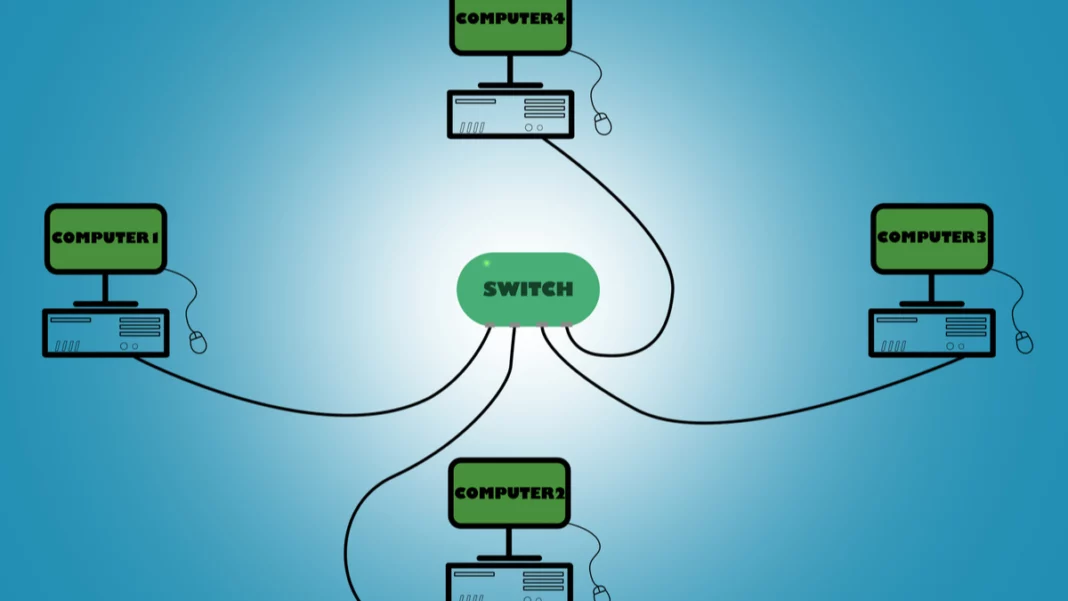What is a Data Packet?
A data packet is a small data unit sent over a network. It is the data unit used to exchange information between computers. When you send an email, for example, the data is sent in the form of data packets.
Basic Understanding of Data Packets
Data packets are small data sets that are sent and received over a network that is not very reliable. They have been proven to work well in situations where the network’s reliability is low.
A data packet is a package of information containing data and instructions for processing it. Data packets transmit information over a computer network, such as the internet. Data packets enable communication between two or more devices connected to the same network, even when one or more of those devices may be temporarily unavailable because they have lost power, disconnected from the network, or gone offline for other reasons.
In the modern world, data packets are used to send and receive information between computers. This process is essential for internet communication and allows various applications and services.
One of the main advantages of data packets is that they can be easily transported and routed through a network. This is because data packets are typically small and can be quickly divided into smaller units, making them easy to move around. Additionally, data packets can be easily monitored and tracked, which is helpful for network administrators.
Data Packet Structure
Data packets are the foundation of modern digital communication. They provide a means of transmitting information quickly and reliably between different devices. But what exactly are data packets, and how are they structured?
In its most basic form, a data packet is simply a chunk of digital data that is sent from one device to another. This data can be anything from a simple text message to a complex file or image.
Data packets are typically made up of two parts: a header and a payload. The header contains information about the packet, including its destination, source, and size. The payload is the actual data that is being transmitted.
Data packets are typically transmitted over a network, such as the internet. When a packet is sent, it is routed through the network to its destination. Along the way, routers and other devices use the information in the packet header to forward the packet to its next destination.
Once the packet reaches its destination, the device will read the header and use the information to determine where it came from and what it contains. The device will then use the payload to process or display the data to the user.
Data packets are an essential part of modern digital communication.
Also Read: Varun Alagh’s Mamaearth Spoiling Customers with Extra Care


